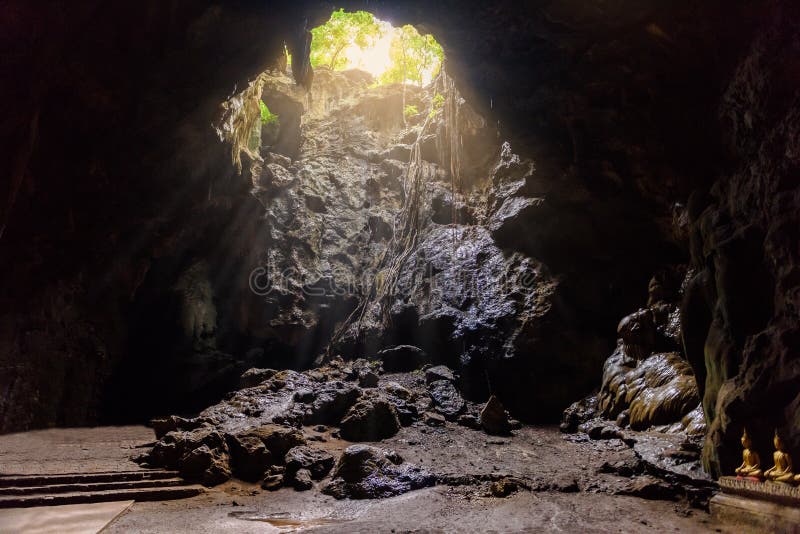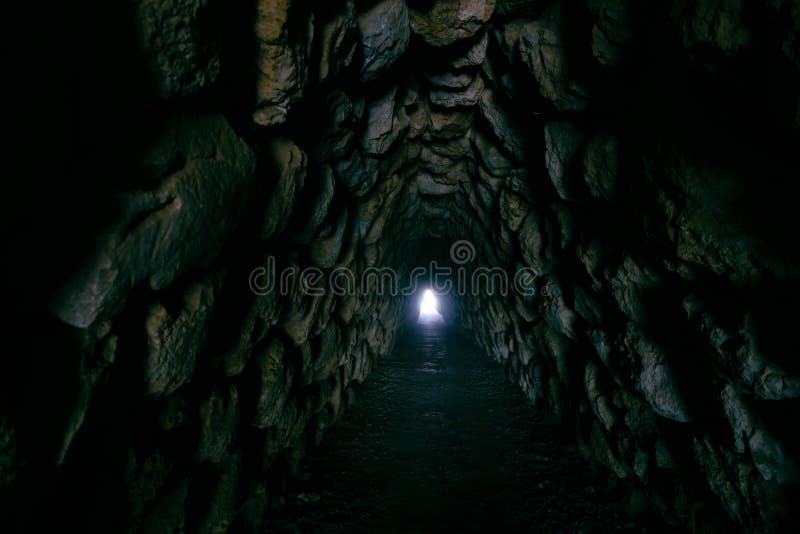
Of that database, about 10% of entries are animals that particularly interest Martínez: those that live in coastal aquifers, also known as anchialine environments. ‘We are working on making all of this information publicly available,’ Martínez said. It is called the “Stygofauna Mundi” database, in reference to a book by naturalist Lazare Botosaneanu, who pioneered the study of these subterranean creatures. They resemble things that we know from the fossil record, but which are now extinct. His database, which already has more than 330 000 entries, draws on all references to underground cave fauna published in scientific literature in every written language. The same holds true for the worms, crustaceans and sometimes even fish that inhabit the dark recesses of the Earth.Īlejandro Martínez, lead on the ANCAVE project, is working to create a database of such creatures. ‘If we don’t describe the new species, if they don’t have names, they will not receive the conservation attention that a fully-fledged species might.’ ‘These caves and subterranean waters are quite endangered, and sometimes even very threatened by pollution,' said Trontelj. ‘Understanding these mechanisms that happen in a predictable way might also help our understanding of some degenerative diseases in humans,’ he said.īut olms, which are now only able to survive in these niche habitats, are vulnerable. Scientists have also linked this group of genes to ‘some pathological states in human eye degeneration and albinism’ ‘It’s already known that this pigment loss and eye degeneration in cave fishes can be caused by several different genes, some of which are linked,’ he said. In the dark, olms also lose their colour and go blind. These milky amphibians can live for more than hundreds of years, 10 times longer than their surface-based ancestors, and are able to survive years of starvation. ‘There are several traits of (olms) that are interesting from a wider perspective,’ said Trontelj. They will need hundreds of samples to investigate these questions, which could have important implications for human medicine.

To answer these questions, he and colleagues cave dive into the dark recesses underground, sometimes descending into pits 400 metres deep, to measure olms and swab their skins to collect DNA. ‘The (physical) changes are the same or very similar, but the question is: ‘Are they caused by the same genes (and) are they the same mutations?” Trontelj asked. © Alejandro Martínez, Juan Valenciano and Enrique Domínguez, 2010 Scientists dive deep to collect DNA from one of the world’s last unexplored frontiers. The project aims to assemble the olm genome, which is about 16 times larger than the human genome, and identify the genetic changes that have allowed olms to adapt to their unique environments. ‘Everything happened independently, but in a more or less parallel way,’ said Trontelj. While all have the same bleached skin, sightless eyes, and elongated snouts, these species descended from different individual ancestors which found their ways into these midnight caves.

Professor Peter Trontelj, GENEVOLCAV project coordinator If you go a couple of metres (below the surface), you enter a new world with totally different ecological conditions. Instead of just one species, as was previously thought, they have discovered nine potentially different species of olm, each of which evolved similar characteristics independently in the eternal watery dark.

GENEVOLCAV has overturned our understanding of these rare cave salamanders. Trontelj and his colleagues have shown that this is true within European olms, which are found in central and South-Eastern Europe. 'We now know that every time it will go the same way.’ Animals’ adaptations to light- and nutrient-poor environments, like underground caves, are 'usually quite predictable’, said Trontelj. But caves show us that this is not the case. Historically, evolutionary biologists thought that if we were to go back in time and replay the timeline of evolution, we could just as likely take different evolutionary paths and the world and creatures in it would look completely different. The olm is not the only creature able to evolve in this way. Long ago, ancestors of the olm lived above ground, but once in these caves, they underwent dramatic physical changes to cope with their new environment. These rare cave salamanders resemble small ghostly swimming snakes with four spindly legs and a crocodile’s snout. Trontelj heads up the GENEVOLCAV project, which is investigating the European olm.

‘If you go a couple of metres (below the surface), you enter a new world with totally different ecological conditions.’Ĭertain animals are able to adapt to these dark habitats where no plants grow, and lightless caves, like those found in Slovenia, are natural laboratories of evolutionary biology. ‘These caves are isolated worlds,’ said Professor Peter Trontelj, a zoologist at the University of Ljubljana in Slovenia.


 0 kommentar(er)
0 kommentar(er)
